Adaptive Radar Signal Processing
Preface. Contributors List. 1. Introduction (Simon Haykin). Experimental Radar Facilities. Organization of the Book. Part I Radar Spectral Analysis. 2. Angle-of-Arrival Estimation in the Presence of Multipath (Anastasios Drosopoulos and Simon Haykin). 2.1 Introduction. 2.2 The Low-Angle Tracking Radar Problem. 2.3 Spectrum Estimation Background. 2.3.1 The Fundamental Equation of Spectrum Estimation. 2.4 Thomson's Multi-Taper Method. 2.4.1 Prolate Spheroidal Wavefunctions and Sequences. 2.5 Test Dataset and a Comparison of Some Popular Spectrum Estimation Procedures. 2.5.1 Classical Spectrum Estimation. 2.5.2 MUSIC and MFBLP. 2.6 Multi-taper Spectrum Estimation. 2.6.1 The Adaptive Spectrum. 2.6.2 The Composite Spectrum. 2.6.3 Computing the Crude, Adaptive, and Composite Spectra. 2.7 F-Test for the Line Components. 2.7.1 Brief Outline of the F-Test. 2.7.2 The Point Regression Single-Line F-Test. 2.7.3 The Integral Regression Single-Line F-Test. 2.7.4 The Point Regression Double-Line F-Test . 2.7.5 The Integral Regression Double-Line F-Test. 2.7.6 Line Component Extraction. 2.7.7 Prewhitening. 2.7.8 Multiple Snapshots. 2.7.9 Multiple Snapshot, Single-Line, Point-Regression F-Tests. 2.7.10 Multiple-Snapshot, Double-Line Point-Regression F-Tests. 2.8 Experimental Data Description for a Low-Angle Tracking Radar Study. 2.9 Angle-of-Arrival (AOA) Estimation. 2.10 Diffuse Multipath Spectrum Estimation. 2.11 Discussion. References. 3. Time-Frequency Analysis of Sea Clutter (David J. Thomson and Simon Haykin). 3.1 Introduction. 3.2 An Overview of Nonstationary Behavior and Time-Frequency Analysis. 3.3 Theoretical Background on Nonstationarity. 3.3.1 Multi-taper Estimates. 3.3.2 Spectrum Estimation as an Inverse Problem. 3.4 High-Resolution Multi-taper Spectrograms. 3.4.1 Nonstationary Quadratic-Inverse Theory. 3.4.2 Multi-taper Estimates of the Loeve Spectrum. 3.5 Spectrum Analysis of Radar Signals. 3.6 Discussion. 3.6.1 Target Detection Rooted in Learning. References. Part II Dynamic Models. 4. Dynamics of Sea Clutter (Simon Haykin, Rembrandt Bakker, and Brian Currie). 4.1 Introduction. 4.2 Statistical Nature of Sea Clutter: Classical Approach. 4.2.1 Background. 4.2.2 Current Models. 4.3 Is There a Radar Clutter Attractor? 4.3.1 Nonlinear Dynamics. 4.3.2 Chaotic Invariants. 4.3.3 Inconclusive Experimental Results on the Chaotic Invariants of Sea Clutter. 4.3.4 Dynamic Reconstruction. 4.3.5 Chaos, a Self-Fulfi lling Prophecy? 4.4 Hybrid AM/FM Model of Sea Clutter. 4.4.1 Radar Return Plots. 4.4.2 Rayleigh Fading. 4.4.3 Time-Doppler Spectra. 4.4.4 Evidence for Amplitude Modulation, Frequency Modulation, and More. 4.4.5 Modeling Sea Clutter as a Nonstationary Complex Autoregressive Process. 4.5 Discussion. 4.5.1 Nonlinear Dynamics of Sea Clutter. 4.5.2 Autoregressive Modeling of Sea Clutter. 4.5.3 State-Space Theory. 4.5.4 Nonlinear Dynamical Approach Versus Classical Statistical Approach. 4.5.5 Stochastic Chaos. References. Appendix A Specifi cations of the Three Sea-Clutter Sets Used in This Chapter. 5. Sea-Clutter Nonstationarity: The Infl uence of Long Waves (Maria Greco and Fulvio Gini). 5.1 Introduction. 5.2 Radar and Data Description. 5.3 Statistical Data Analyses. 5.4 Modulation of Long Waves: Hybrid AM/FM Model. 5.5 Nonstationary AR Model. 5.6 Parametric Analysis of Texture Process. 5.7 Discussion. 5.7.1 Autoregressive Modeling of Sea Clutter. 5.7.2 Cyclostationarity of Sea Clutter. References. 6. Two New Strategies for Target Detection in Sea Clutter (Rembrandt Bakker, Brian Currie, and Simon Haykin). 6.1 Introduction. 6.2 Bayesian Direct Filtering Procedure. 6.2.1 Single-Target Scenario. 6.2.2 Conditioning on Past and Future Measurements. 6.3 Operational Details. 6.3.1 Experimental Data. 6.3.2 Statistics of Sea Clutter. 6.3.3 Statistics of Target Returns. 6.3.4 Motion Model of the Target. 6.4 Experimental Results on the Bayesian Direct Filter. 6.5 Additional Notes on the Bayesian Direct Filter. 6.6 Correlation Anomally Detection Strategy. 6.7 Experimental Comparison of the Bayesian Direct Filter and Correlation Anomaly Receiver. 6.7.1 Target-to-Interference Ratio. 6.7.2 Receiver Comparison. 6.8 Discussion. 6.8.1 Further Research. References. Index.
{{comment.content}}
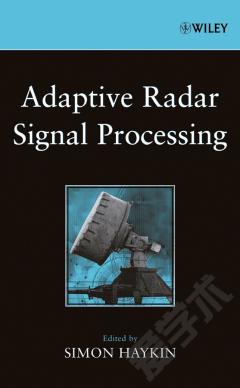
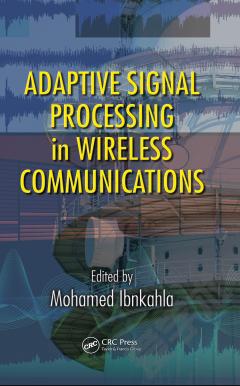
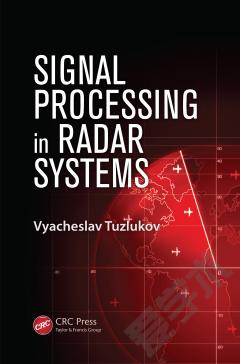
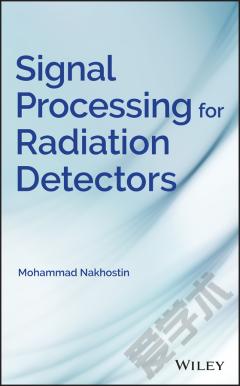


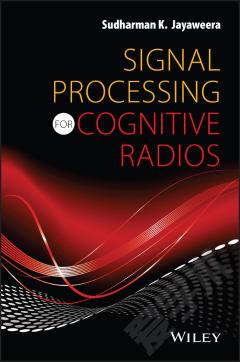

 京公网安备 11010802027623号
京公网安备 11010802027623号